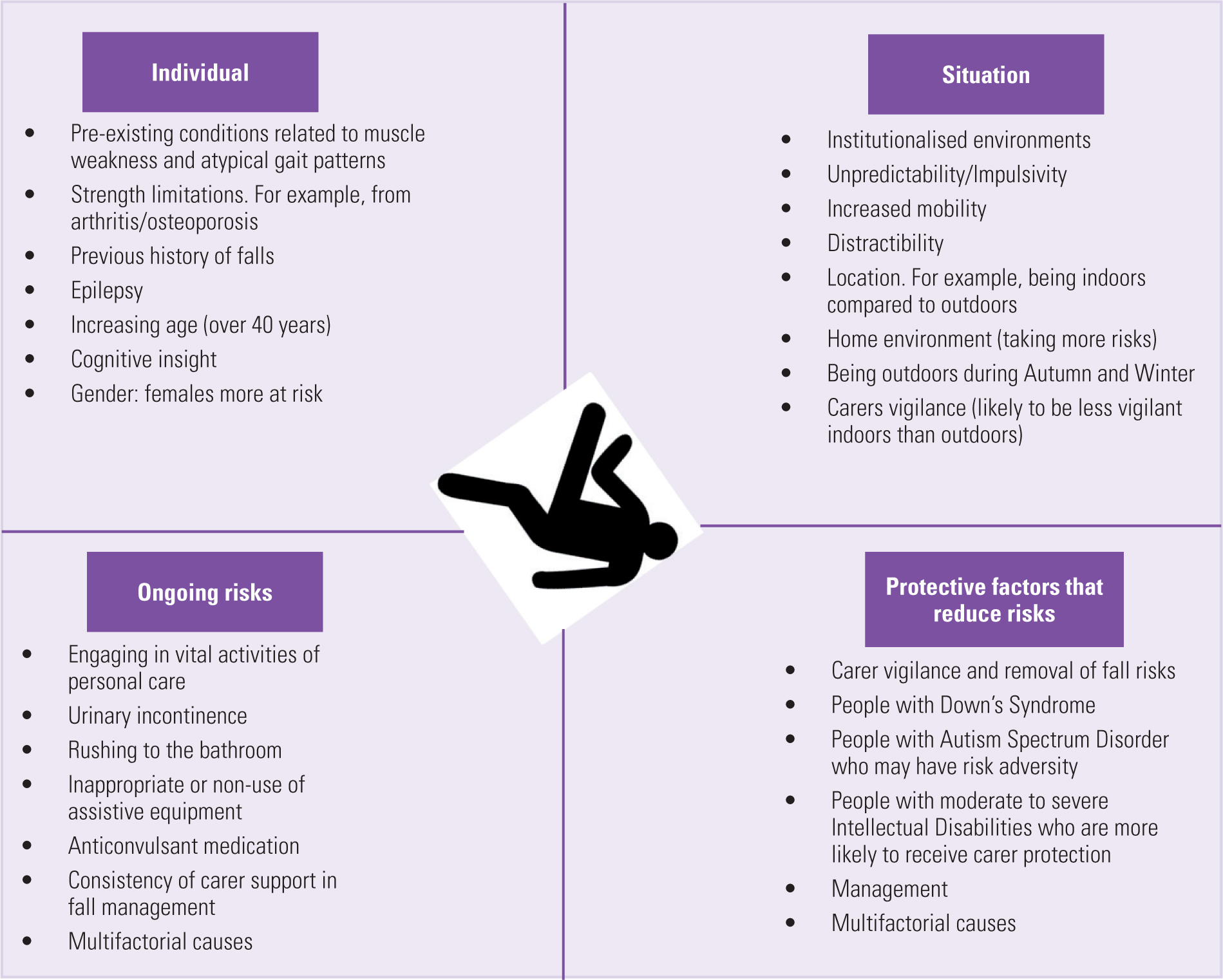Unknown Facts About Dementia Fall Risk
Wiki Article
9 Simple Techniques For Dementia Fall Risk
Table of ContentsA Biased View of Dementia Fall RiskDementia Fall Risk Can Be Fun For EveryoneSome Known Questions About Dementia Fall Risk.The Of Dementia Fall Risk
An autumn threat analysis checks to see how likely it is that you will drop. The analysis normally includes: This consists of a series of concerns concerning your total health and if you have actually had previous drops or issues with equilibrium, standing, and/or walking.STEADI includes screening, evaluating, and intervention. Interventions are referrals that may minimize your danger of falling. STEADI includes 3 actions: you for your threat of succumbing to your danger elements that can be boosted to try to avoid drops (for instance, balance problems, impaired vision) to minimize your danger of dropping by making use of effective strategies (for instance, offering education and learning and resources), you may be asked a number of inquiries including: Have you fallen in the past year? Do you feel unstable when standing or walking? Are you bothered with dropping?, your provider will certainly test your strength, equilibrium, and stride, making use of the complying with autumn evaluation devices: This test checks your stride.
You'll rest down once again. Your service provider will certainly inspect the length of time it takes you to do this. If it takes you 12 seconds or even more, it may imply you go to higher threat for a fall. This examination checks stamina and balance. You'll rest in a chair with your arms crossed over your breast.
The placements will certainly obtain tougher as you go. Stand with your feet side-by-side. Relocate one foot midway onward, so the instep is touching the big toe of your other foot. Relocate one foot completely in front of the various other, so the toes are touching the heel of your other foot.
The Best Strategy To Use For Dementia Fall Risk
A lot of falls occur as a result of multiple adding elements; for that reason, taking care of the danger of falling starts with recognizing the elements that add to fall risk - Dementia Fall Risk. Several of the most relevant threat variables consist of: Background of previous fallsChronic medical conditionsAcute illnessImpaired stride and balance, lower extremity weaknessCognitive impairmentChanges in visionCertain risky drugs and polypharmacyEnvironmental variables can likewise increase the risk for drops, including: Insufficient lightingUneven or harmed flooringWet or unsafe floorsMissing or damaged hand rails and grab barsDamaged or poorly fitted devices, such as beds, mobility devices, or walkersImproper use of assistive devicesInadequate supervision of the people residing in the NF, consisting of those who display aggressive behaviorsA effective loss danger administration program requires a thorough clinical assessment, with input from all members of the interdisciplinary team

The care strategy need to likewise consist of interventions that are system-based, such as those that advertise a risk-free setting (appropriate illumination, handrails, get hold of bars, and so on). The effectiveness of the interventions need to be assessed periodically, and the treatment plan modified as essential to mirror changes in the autumn risk analysis. Executing a loss threat administration system utilizing evidence-based finest method can reduce the occurrence of falls in the NF, while restricting the possibility for fall-related injuries.
Dementia Fall Risk Things To Know Before You Buy
The AGS/BGS guideline recommends evaluating all adults aged 65 years and older for fall threat each year. This screening contains asking patients whether they have fallen 2 or more times in the past year or looked for clinical interest for a loss, or, if they have actually not fallen, whether they really feel unsteady when strolling.Individuals who have actually fallen when without injury needs to have their balance and stride evaluated; those with stride or equilibrium problems should receive added assessment. A history of 1 loss without injury and without stride or balance troubles does not require more assessment beyond ongoing annual loss threat testing. Dementia Fall Risk. An autumn danger evaluation is required as component of the Welcome to Medicare examination

Dementia Fall Risk Things To Know Before You Buy
Documenting a falls history is one of the quality indications for autumn avoidance and go to this site administration. A vital component of risk analysis is a medicine evaluation. Several courses of medications enhance autumn threat (Table 2). Psychoactive medicines particularly are independent predictors of falls. These drugs often tend to be sedating, modify the sensorium, and hinder balance and stride.Postural hypotension can commonly be relieved by minimizing the dose of blood pressurelowering drugs and/or stopping medications that have orthostatic hypotension as a negative effects. Use above-the-knee assistance tube and copulating the head of the bed elevated might additionally decrease postural reductions in high blood pressure. The suggested components of a fall-focused physical assessment are shown in Box 1.

A yank time higher than or equivalent to 12 seconds recommends high autumn risk. The 30-Second Chair Stand test examines you could try this out lower extremity strength and balance. Being unable to stand up from a chair of knee height without utilizing one's arms suggests enhanced fall threat. The 4-Stage Equilibrium test analyzes static balance by having the individual stand in 4 placements, each gradually extra difficult.
Report this wiki page